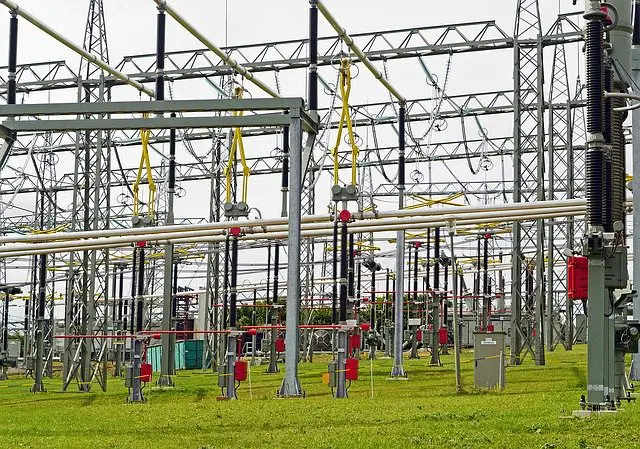CIRCUIT BREAKERS: TESTING THE TRIPPING SYSTEM
 WHAT IS A TEST CIRCUIT BREAKER?
Normally, circuit breaker testing, which is also known as trip profiling, is used to test both the performances of individual switching mechanisms and the timing or the overall tripping system. Circuit breaker testing is used to test all the switching mechanisms. The actual definition of the test position is when the primary disconnects are disconnected from the cubicle bus and the secondary disconnect and control power is available to operate the breaker. The circuit breaker itself can become overloaded, and this can be tested by using a clamping ammeter which is used to check overloads and shorts which are in progress and will determine if an electrical current is running through the circuit.
HOW OFTEN SHOULD A CIRCUIT BREAKER BE TESTED?
A circuit breaker should have a full inspection conducted every one to three years, although each circuit breaker should also have an annual operational check. It will also depend upon the age of the circuit breaker and how old the facility is as more frequent testing may need to be carried out to manage any risks. A molded case circuit breaker requires very little maintenance and the low voltage breakers should be inspected between one to three years as well. Medium voltage breakers should be annually tested. It is essential to regularly check a circuit breaker and apply the necessary maintenance to identify any early indications of a potential operational problem or fault, as this will also allow time to correct the issue before it becomes more of a problem.
HIGH VOLTAGE CIRCUIT BREAKER TESTING PROCEDURE
A circuit breaker is one of the most important components of every electrical power substation as it has to operate within extremely high tolerances, therefore when a disturbance is detected within the network, in order to protect the sensitive and costly components, such as transformers, there are important reasons why this procedure is carried out including: to provide protection for expensive equipment, prevent outages which can lead to a loss of income, ensure reliability of the electrical supply, prevent downtime and darkness, and verify the breaker performance. The substation breaker testing is vital for the power utility as the breakers are designed to facilitate the flow of the current during operation, and to disrupt the flow of a fault occurring. Most electrical devices will experience failure due to age or external faults. High voltage circuit breaker testing
WHAT IS A TEST CIRCUIT BREAKER?
Normally, circuit breaker testing, which is also known as trip profiling, is used to test both the performances of individual switching mechanisms and the timing or the overall tripping system. Circuit breaker testing is used to test all the switching mechanisms. The actual definition of the test position is when the primary disconnects are disconnected from the cubicle bus and the secondary disconnect and control power is available to operate the breaker. The circuit breaker itself can become overloaded, and this can be tested by using a clamping ammeter which is used to check overloads and shorts which are in progress and will determine if an electrical current is running through the circuit.
HOW OFTEN SHOULD A CIRCUIT BREAKER BE TESTED?
A circuit breaker should have a full inspection conducted every one to three years, although each circuit breaker should also have an annual operational check. It will also depend upon the age of the circuit breaker and how old the facility is as more frequent testing may need to be carried out to manage any risks. A molded case circuit breaker requires very little maintenance and the low voltage breakers should be inspected between one to three years as well. Medium voltage breakers should be annually tested. It is essential to regularly check a circuit breaker and apply the necessary maintenance to identify any early indications of a potential operational problem or fault, as this will also allow time to correct the issue before it becomes more of a problem.
HIGH VOLTAGE CIRCUIT BREAKER TESTING PROCEDURE
A circuit breaker is one of the most important components of every electrical power substation as it has to operate within extremely high tolerances, therefore when a disturbance is detected within the network, in order to protect the sensitive and costly components, such as transformers, there are important reasons why this procedure is carried out including: to provide protection for expensive equipment, prevent outages which can lead to a loss of income, ensure reliability of the electrical supply, prevent downtime and darkness, and verify the breaker performance. The substation breaker testing is vital for the power utility as the breakers are designed to facilitate the flow of the current during operation, and to disrupt the flow of a fault occurring. Most electrical devices will experience failure due to age or external faults. High voltage circuit breaker testingTopic revision: r1 - 2024-03-03 - RolandoCorley
Ideas, requests, problems regarding TWiki? Send feedback

